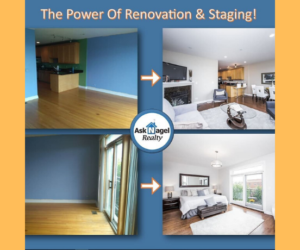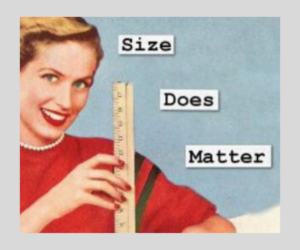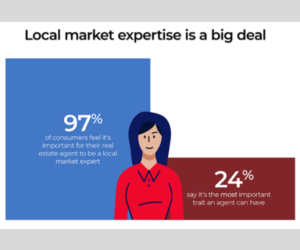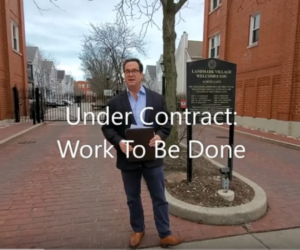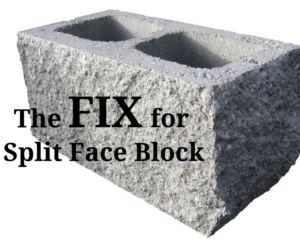The 30-year fixed has long been the most common mortgage product in the US. It is a great option because the rate can never change, the long term offers a low payment, and a borrower is able to make extra payments to pay the loan down at any pace that is comfortable. While the product is a great fit for many, any buyer should consider all options to make sure they find the best product for their situation.
One product that is worthy of review is the 10-year adjustable rate mortgage (ARM). This loan functions just like a 30 year fixed for the initial 10 years; the rate does not fluctuate and the payment is based on a 30 year payoff schedule. After the initial 10-year period, the rate will adjust annually based on market rates at that time.
Statistically, a buyer is not likely to keep their new home for more than 10 years. If a buyer is confident that 10 years is enough time, this can be a great option. This is especially true for 1st time homebuyers, people who relocated from work & have family out of town, & newlyweds without kids.
In the build up to the financial crisis of 2008, lenders backed all sorts of wild loan products with risky features. After the crash, tons of loan products were eliminated and that was for the best. However, many buyers got the impression that anything not fixed was not good. That is not the case.
A big factor in determining the attraction of a 10-year ARM, is a comparison to the 30 year on any given day. Over the past year, interest rates have fluctuated dramatically. In rare instances, the 10-year rate can be higher than the 30 year- making it worthless. On other days, the rate has been as much as ½ percent lower than the 30 year.
If someone wants to purchase has a 550,000 Condo in Ukrainian Village Or Wicker Park and needs a $500,000 loan, the payment at 5% would be $2,672. If the 10-year ARM offered 4.75%, the monthly savings would be $75 and the savings at 4.5% would be $150. That is a savings of $9,000 or $18,000 over that 10-year period.
Nobody should ever feel like they are taking risks with their own housing payment but there are times when a borrower can very confidently take a small amount of risk and benefit from the savings. It is worth any borrower’s time to consider these options carefully when
considering what is likely the biggest purchase of their life.
One question the borrower should ask themselves, is it conservative and does it make sense to pay more money every month starting today for certain, in order to lock down an interest rate for a longer time period if it is uncertain or even unlikely that they will be keeping the loan for that longer time period?





